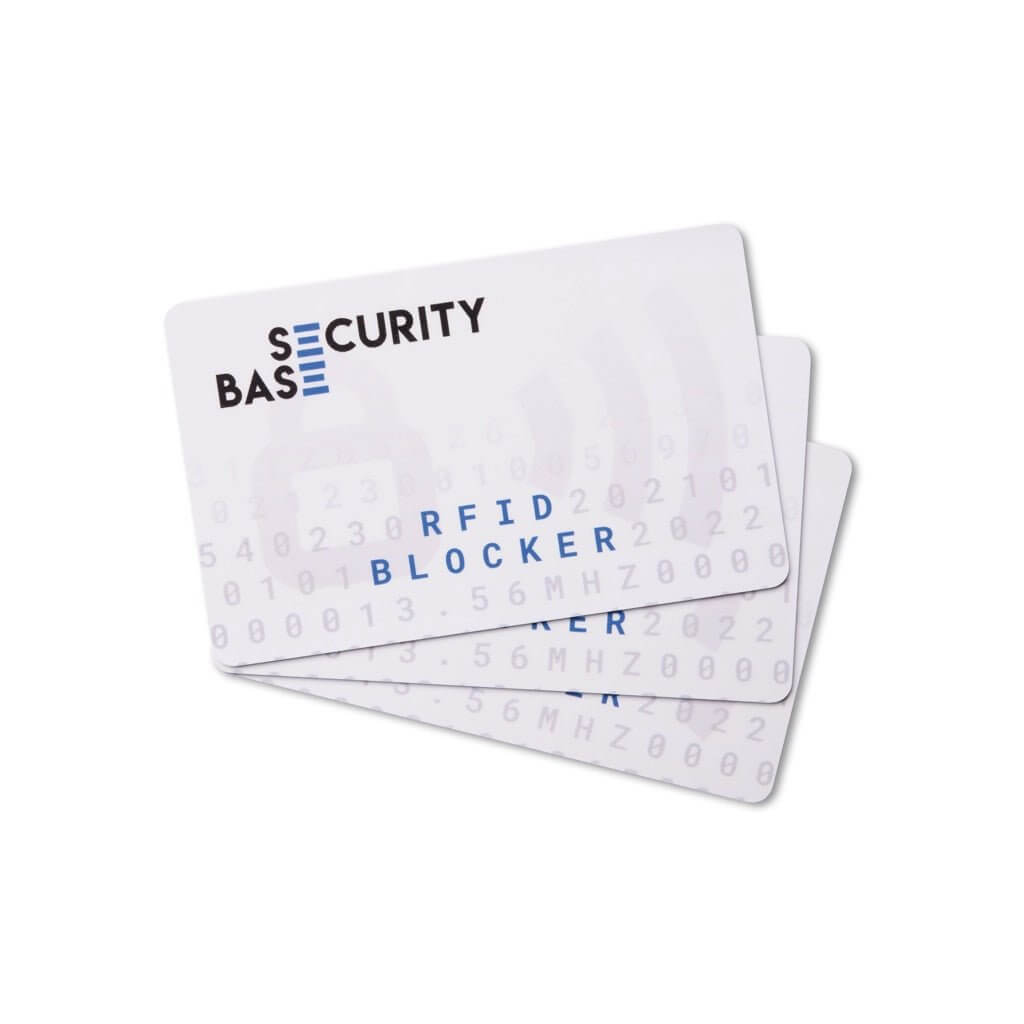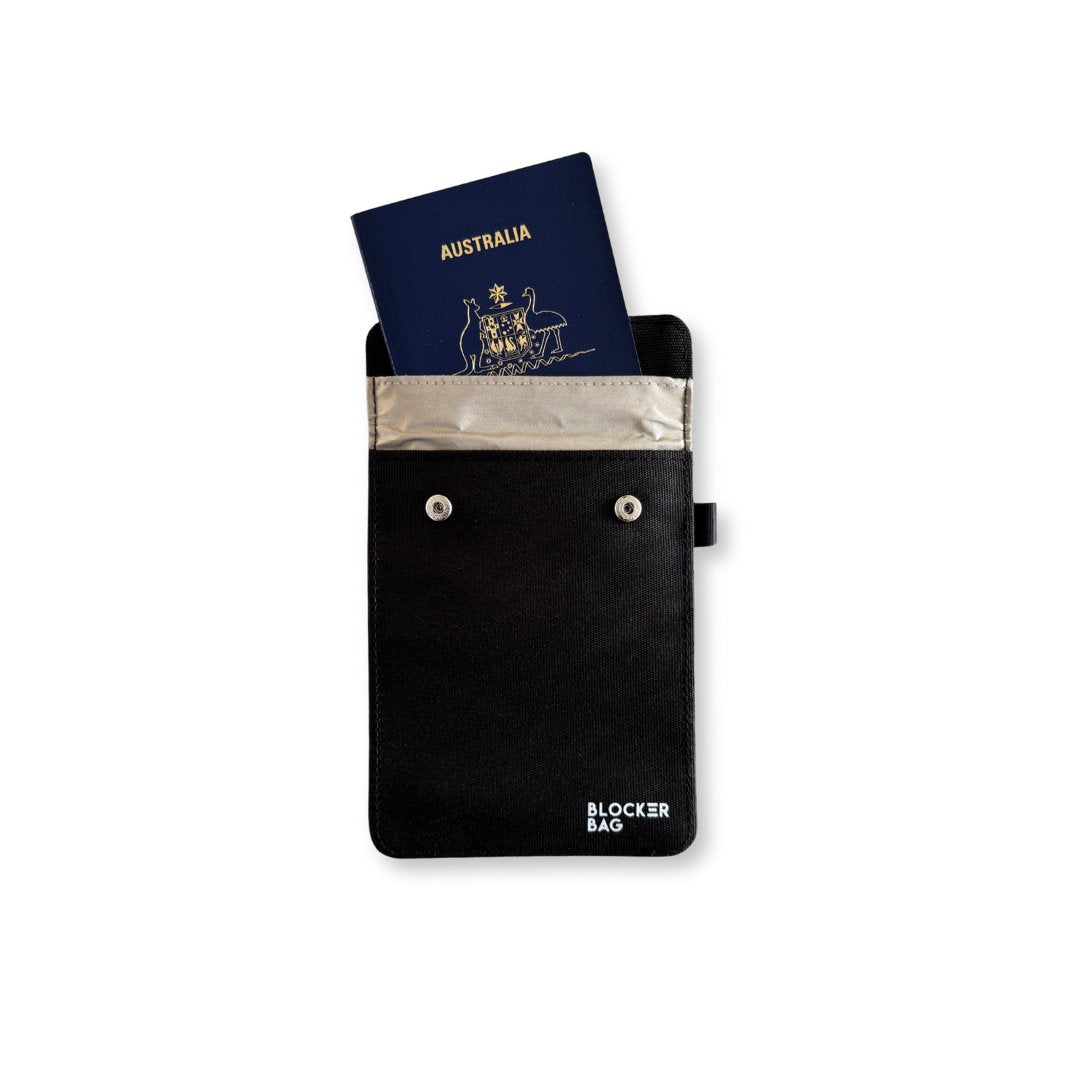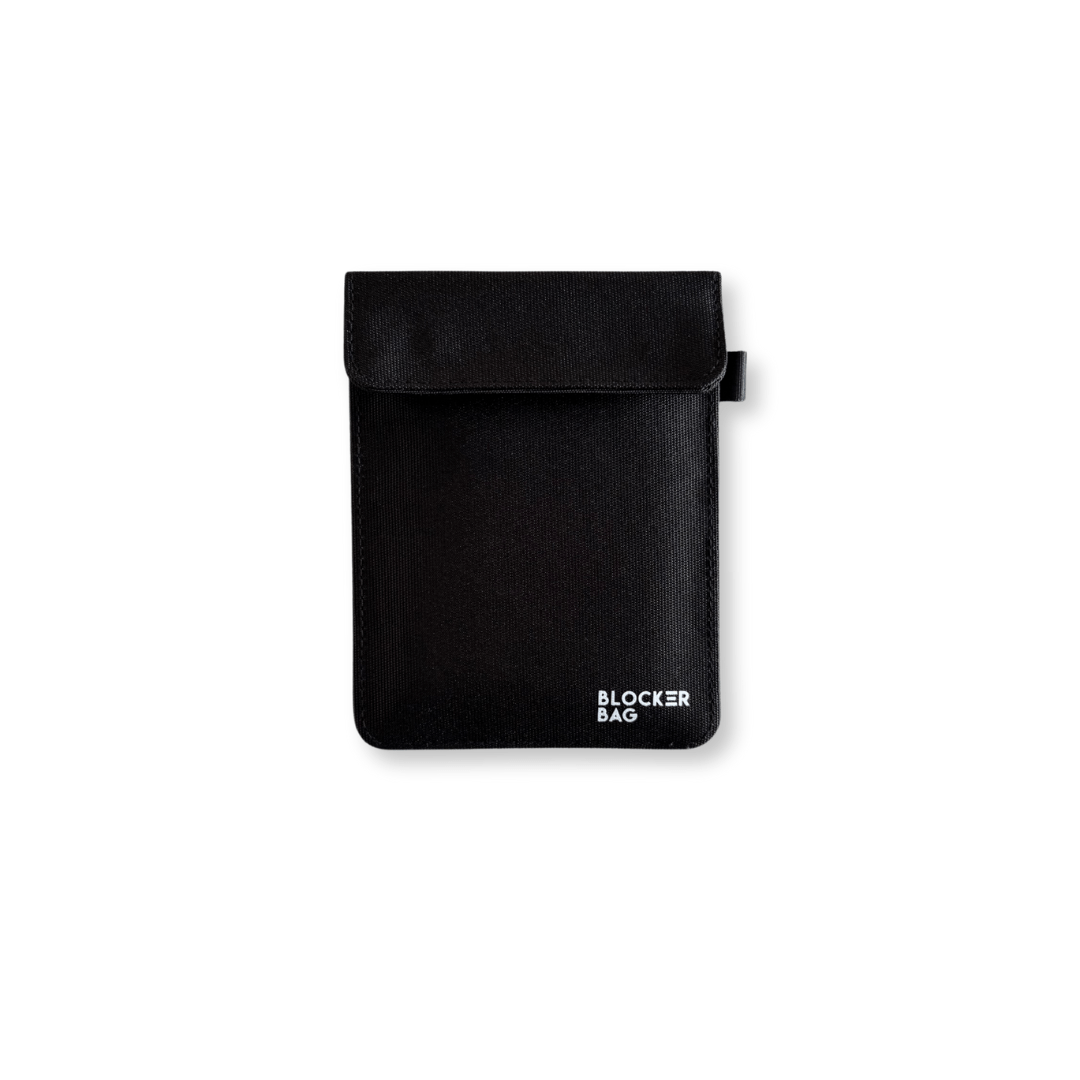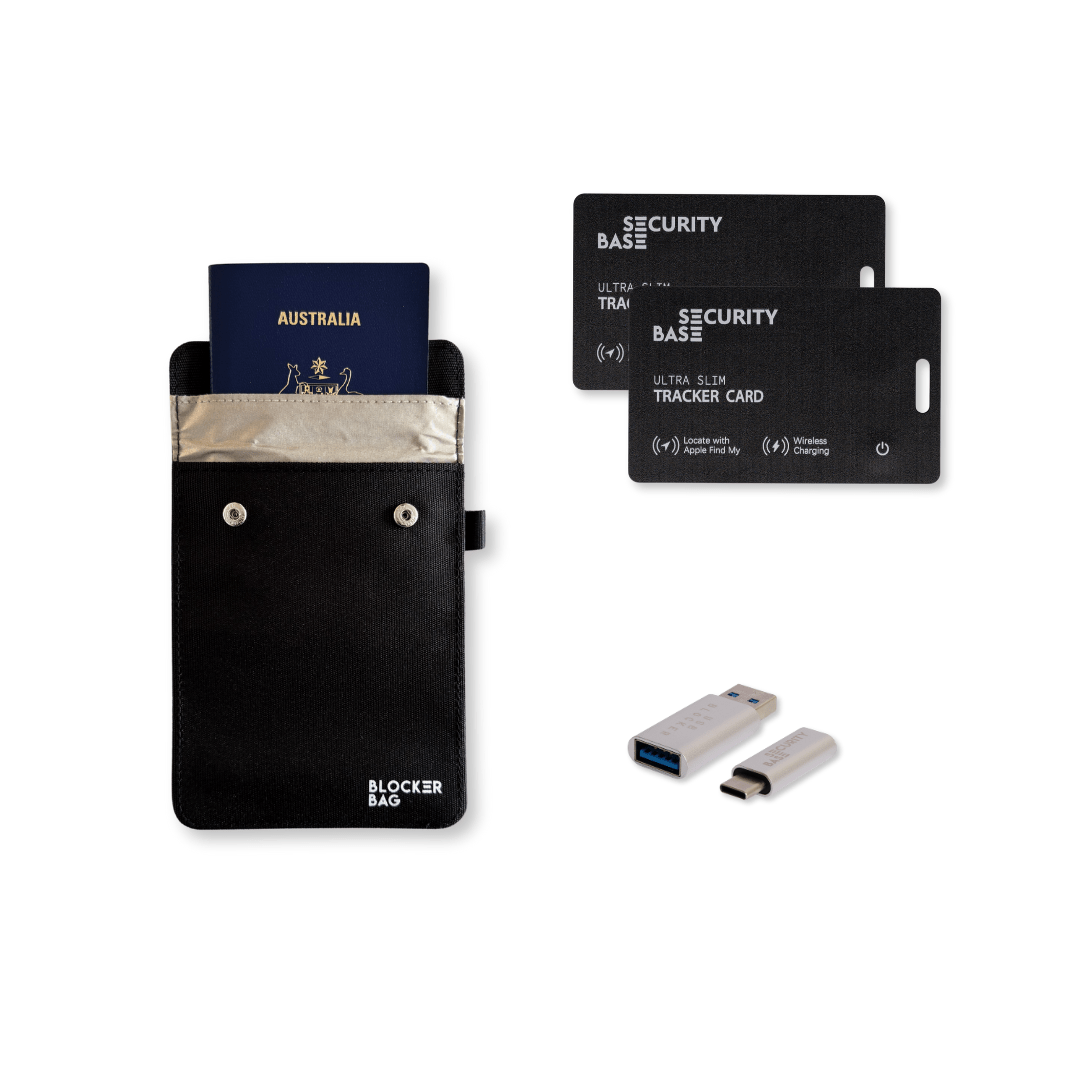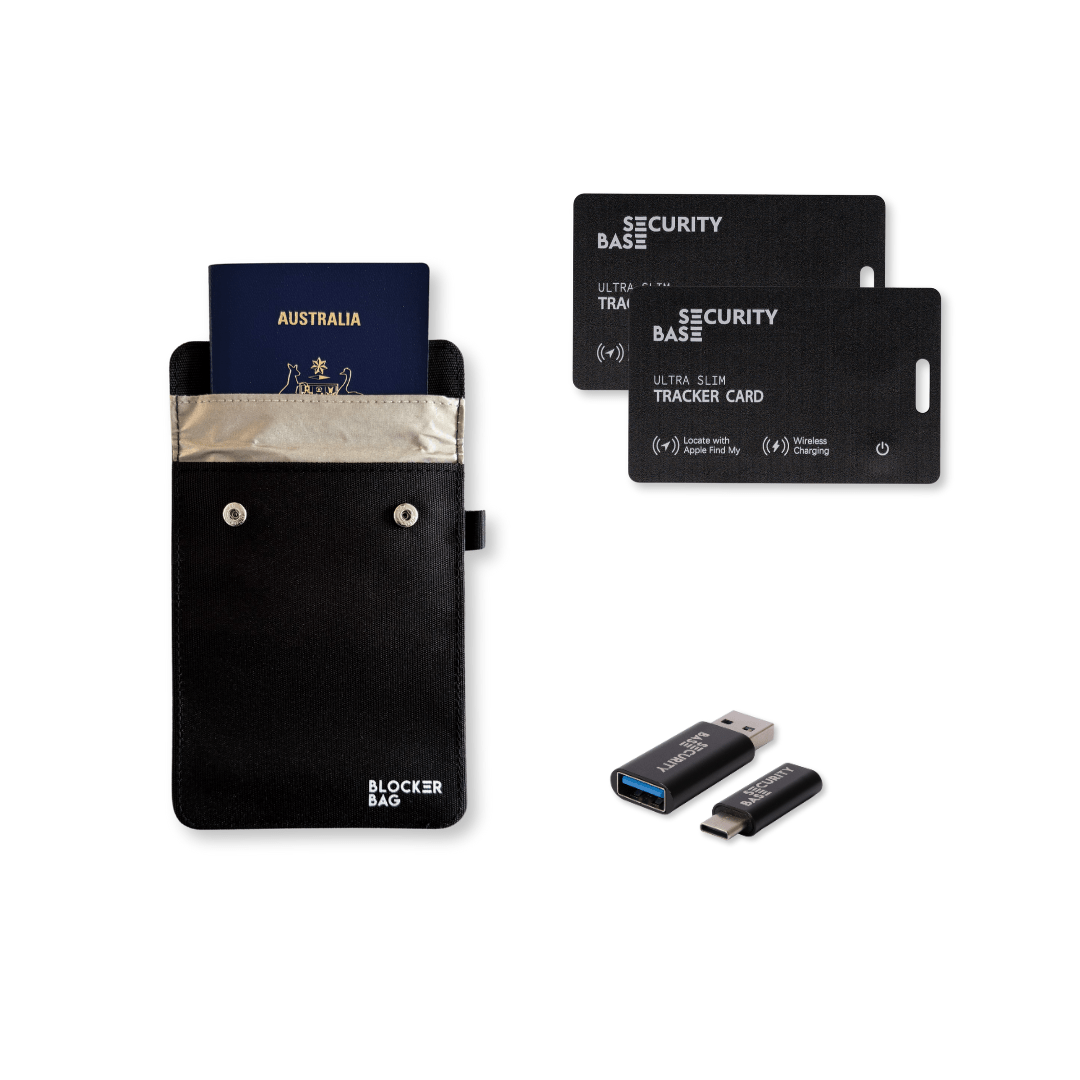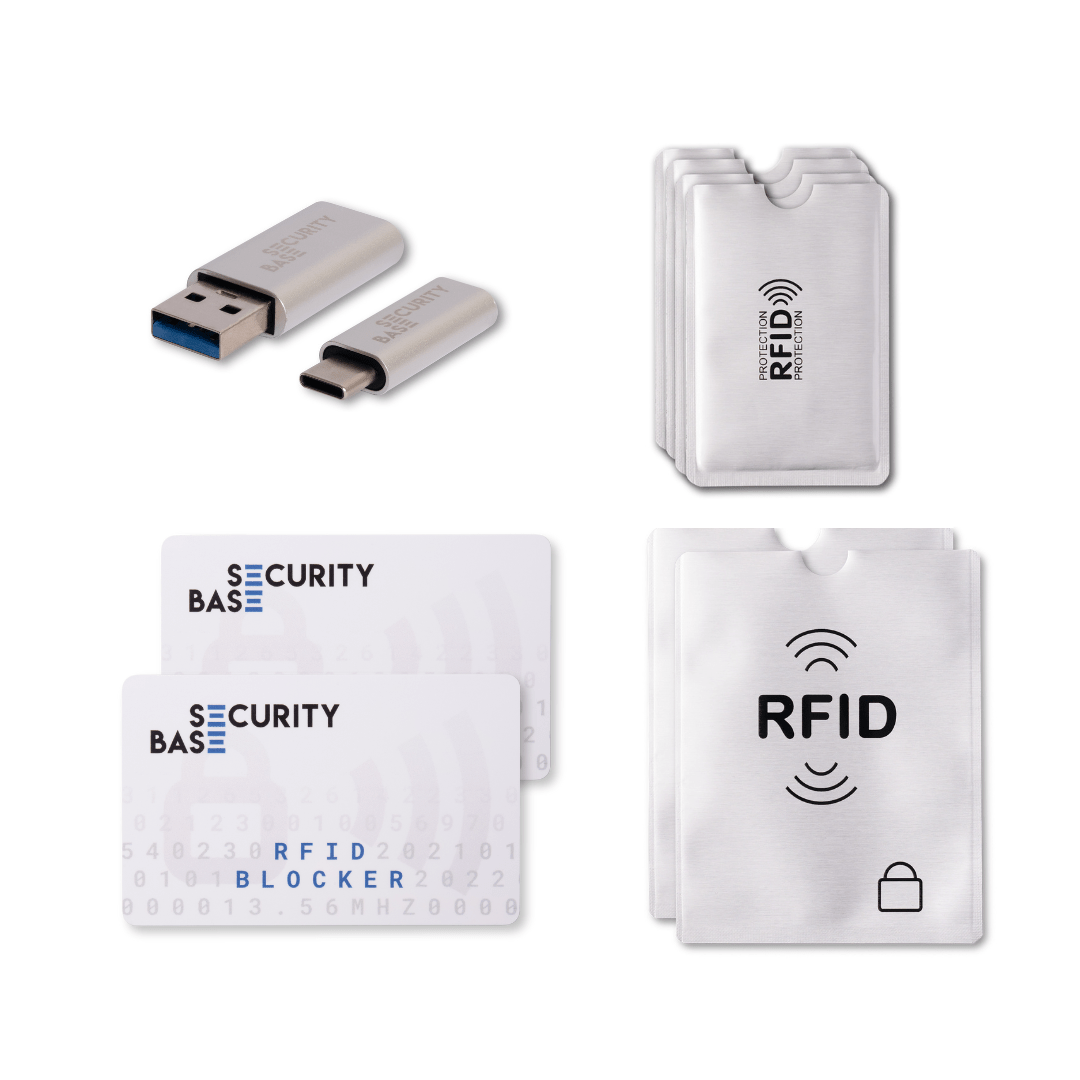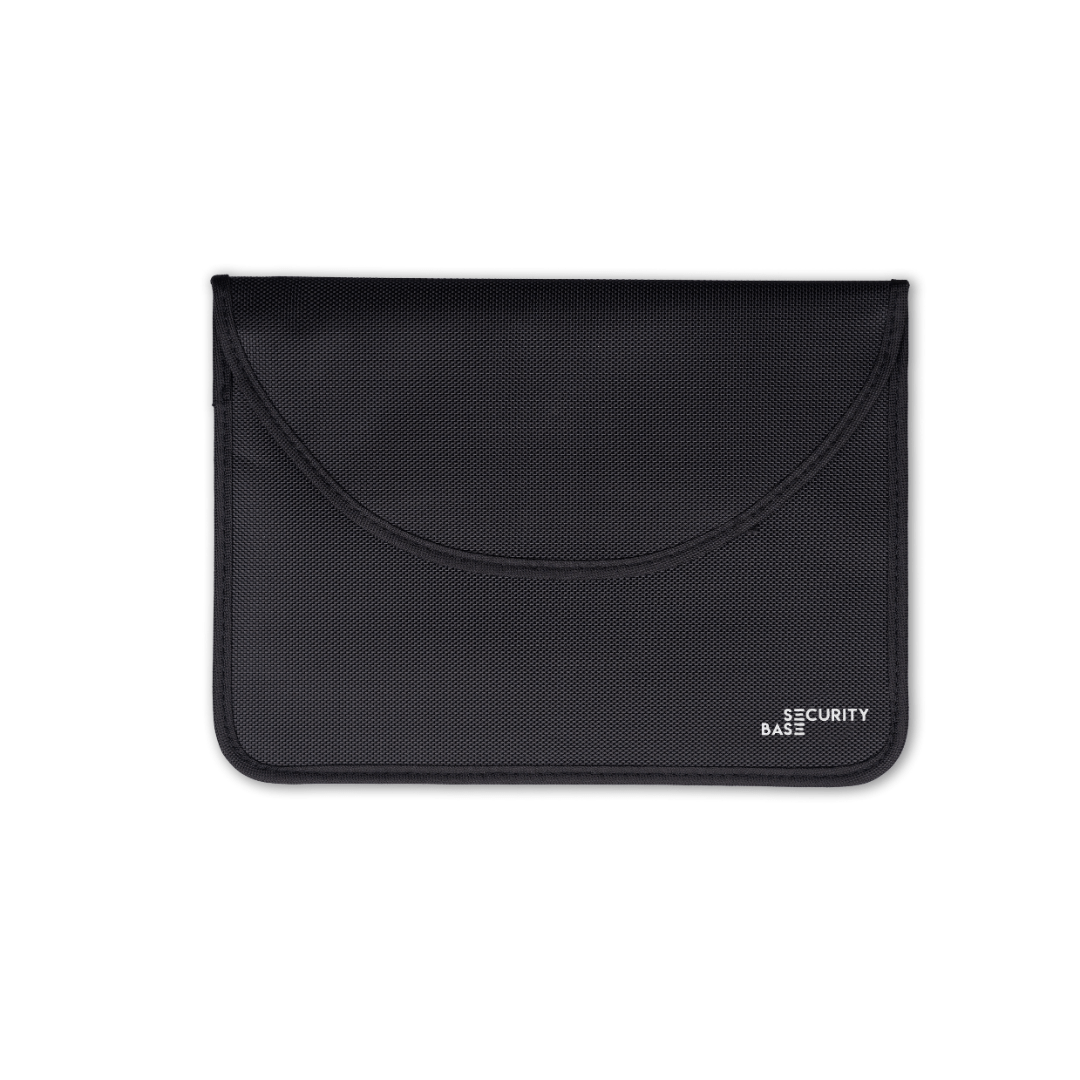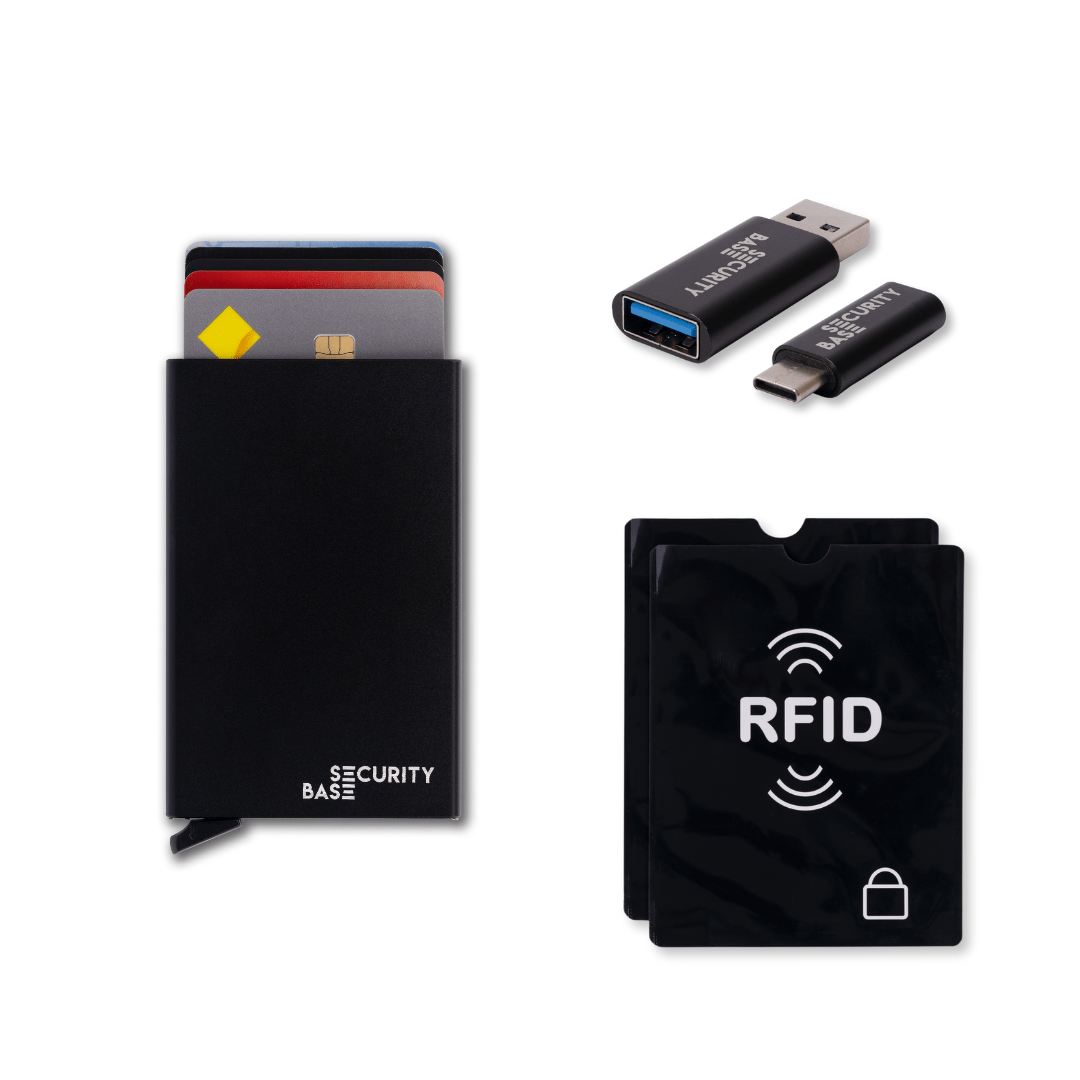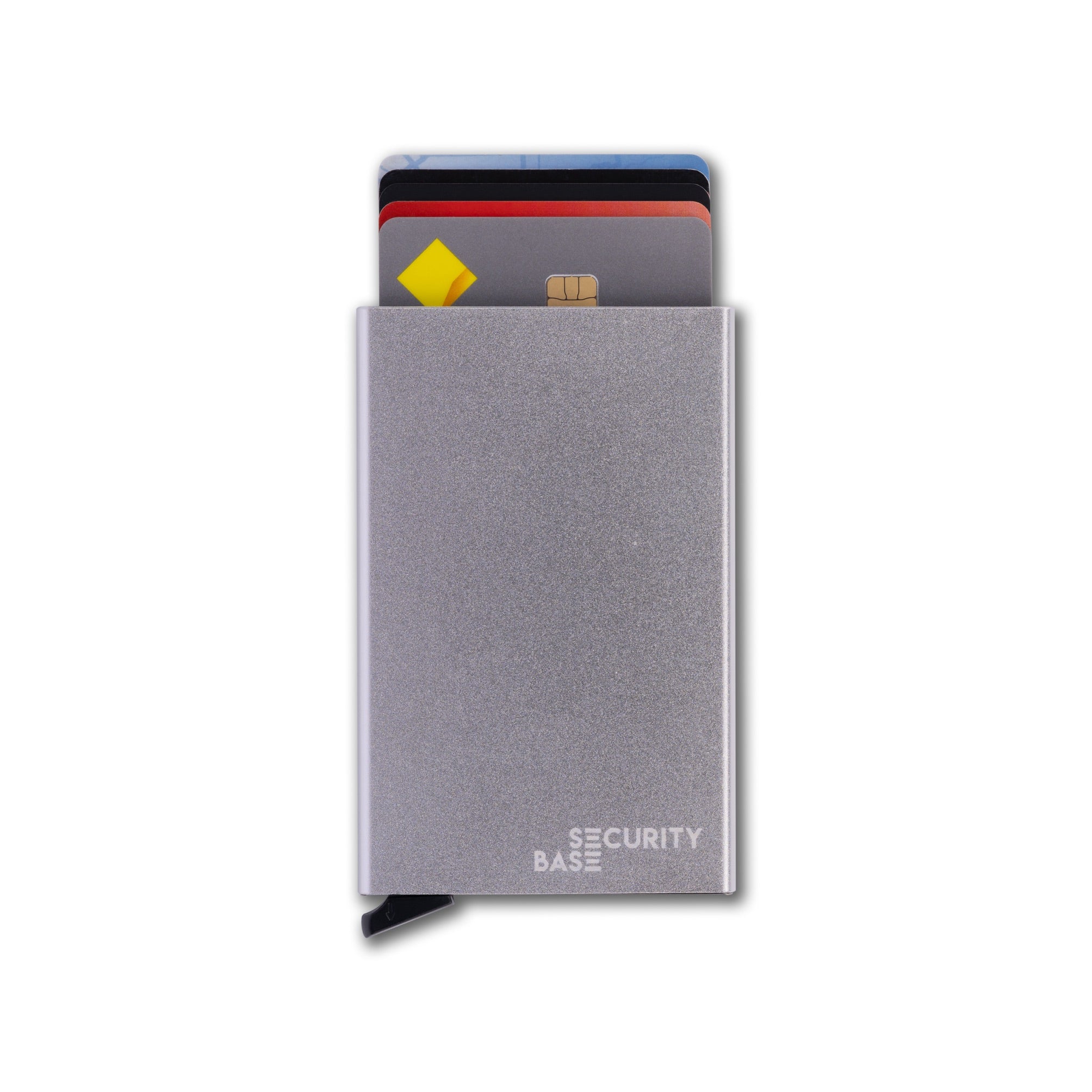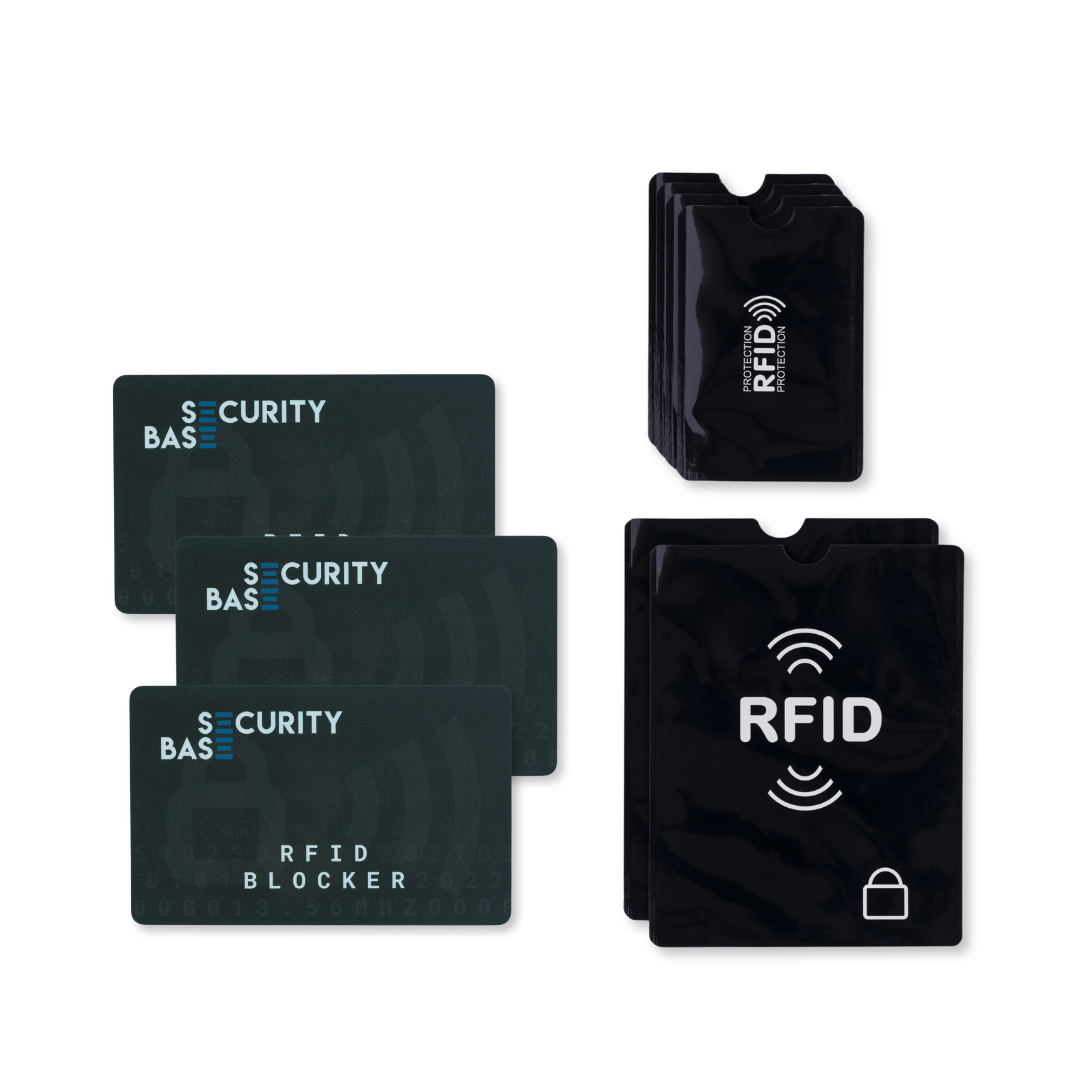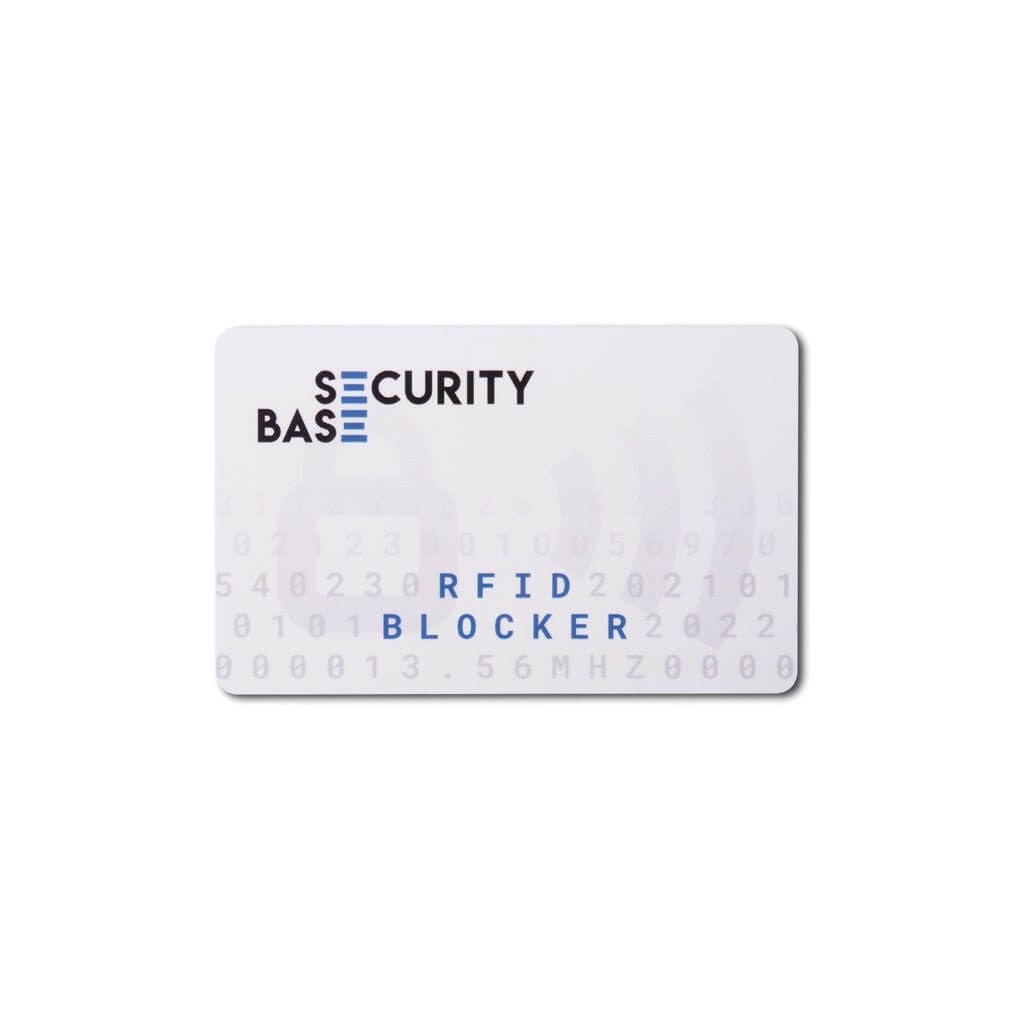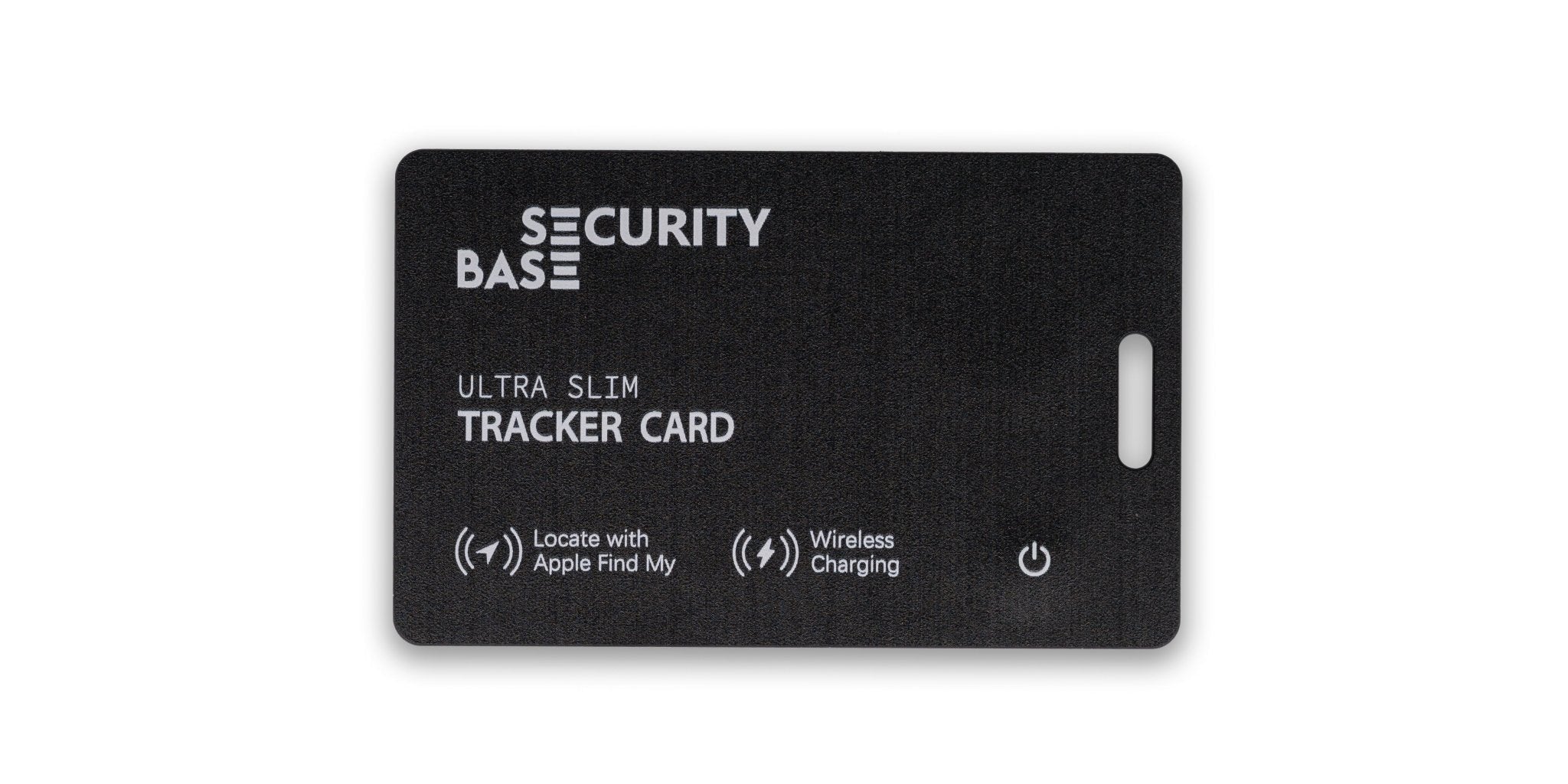Travelling overseas should feel exciting, not stressful. But as more of us explore new destinations, scammers have adapted their tactics to target travellers at airports, tourist hotspots and even inside hotels. The good news? A few simple habits — and the right everyday carry items — can dramatically reduce your risk.
This guide covers the most common overseas scams in 2025, how they work, and the practical ways you can protect yourself without feeling paranoid.
1. The Classic Pickpocket — Updated for the Digital Age
Traditional pickpocketing hasn’t gone anywhere, but technology has made it even easier for thieves.
How the scam works
Pickpockets often work in crowded areas, such as public transport, train stations, busy markets, and tourist attractions. They may create distractions — bumping into you, asking for help, or staging a commotion.
The modern twist: digital skimming
Electronic pickpocketing, also known as RFID skimming, happens when scammers use a portable RFID/NFC reader to secretly scan the chips inside your contactless bank cards or e-passports. These chips are designed to respond automatically when they detect a reader nearby — that’s how tap-and-go works.
A boosted antenna lets criminals read card details through pockets, bags or jackets in crowded places like airports, train stations or tourist queues. The scan is silent, instant and doesn’t require physical contact, which makes it easy for thieves to gather enough information to attempt small payments, create cloned cards in countries with weaker security, or harvest personal data for identity fraud.
Simple protection
- Carry only the cards you actually need for the day; leave extras locked in your accommodation.
-
Stay alert in tight queues, metro stations and busy tourist areas where scammers can get very close.
- Carry cards in a wallet or purse with an RFID-blocking card to stop unauthorised scans.
- Keep your passport in an RFID-blocking passport pouch, especially in countries with high rates of e-passport cloning.
Why it matters: Contactless skimming is rare but easy enough that scammers keep trying. A passive, always-activated RFID shield card adds protection without changing your travel habits.
2. “Friendly Local” Distraction Scams
How the scam works
The “friendly local” distraction scam relies on lowering your guard. It usually starts with someone who appears helpful, chatty or harmless — asking a question, offering assistance or creating a small scene that captures your attention. While you’re focused on them, an accomplice quietly targets your wallet, bag or phone. This often happens at ATMs, train ticket machines, metro barriers, busy footpaths or airport arrival halls, where people naturally stand close together. The distraction can be as simple as dropping something, pointing to a map, tapping you on the shoulder, or asking you to sign a petition — anything that shifts your focus for a few seconds.
Because the interaction feels friendly and non-threatening, most people don’t realise something’s wrong until later. Your bag may have been unzipped, your wallet may have slipped out, or your phone may have been lifted from a pocket. In some cases, scammers watch where you store valuables first, then approach with the distraction. The whole scam relies on timing, confidence and the human instinct to be polite — making it surprisingly effective, even for experienced travellers.
Minimise the impact
Prevent the impact of these distraction scams by:
- Keep your valuables in hard-to-reach places, like zipped inner compartments or a front-facing crossbody bag.
- Stay aware when someone approaches you unexpectedly, especially in crowded or high-pressure environments.
- Don’t let anyone stand too close at ATMs, ticket machines or metro gates — create a bit of space if possible.
- Politely decline unsolicited help, even if it seems harmless (“No thanks, I’m fine”).
- Use a Wallet Tracker Card so you can quickly locate your wallet if it’s stolen during a distraction.
- Secure your bag before stopping to talk, read signs or take photos, as these are classic distraction moments.
- Be cautious with petitions, surveys or “charity collectors” who approach aggressively — these are common setups.
Why it matters: Distraction scams work because they catch you off guard in crowded places and rely on split-second access to your belongings. By keeping valuables in secure pockets, avoiding unsolicited “help”, and using tools like a Wallet Tracker Card, you cut off the exact opportunities scammers rely on — close proximity, unzipped bags and predictable wallet placement. A few small habits make it much harder for them to get what they’re after.
3. Fake “Airport or Hotel Charging Station” Scam
How the scam works
Many airports, hotels and cafés offer free USB charging ports. The problem is that USB carries both power and data. A malicious charging station — or even just a tampered USB port in a wall outlet — can use that data connection to access your device without you realising. This tactic is called juice jacking.
When you plug your phone directly into an unfamiliar USB port, attackers may:
- Install malware that tracks your keystrokes or steals passwords
- Extract photos, messages or files
- Trigger an unauthorised data transfer
- Attempt to pair with your device or copy identifying information
It’s completely silent, takes only seconds, and the port often looks identical to a safe one.
Protect your devices
You can easily prevent juice jacking scams if you:
- Use a USB Data Blocker — it allows charging but blocks the data pins, so nothing except power can pass through.
- Charge from a wall outlet with your own plug, not a shared USB-only port.
- Carry your own power bank for airports or transit days when outlets are limited.
- Avoid plugging into any USB port you didn’t control, especially in airports, train stations and hotel lobbies.
- Keep your device locked when charging — while not a full solution, it reduces what the port can access.
Why it matters: Juice-jacking devices are cheap, discreet and increasingly found in high-traffic locations. A data blocker ensures your device never shares more than it should.
4. Fake Wi-Fi Networks & Login Pages
How the scam works
Scammers often set up Wi-Fi networks with names that look almost identical to legitimate ones — things like Airport_Free_WiFi, CaféGuest, or HotelLobby5G. These are known as evil twin networks. When travellers connect, the attacker can sit quietly in the middle, intercepting everything you send or receive.
Sometimes the fake network redirects you to a spoofed login page that looks like the real airport or hotel sign-in screen. This page captures your email address, passwords or payment details before forwarding you on, so the scam is almost invisible. Once connected, scammers can monitor the websites you visit, collect your login credentials, inject pop-ups, or even push malware to your device. Because the Wi-Fi looks legitimate — and the connection is often fast — victims rarely suspect a thing.
Once connected, they can:
- Capture login details
- Intercept online banking sessions
- Install tracking malware
Stay safe
Your physical security gear won’t stop this scam, but being aware and taking the following precautions will significantly decrease the risk of becoming a victim of this scam:
- Ask staff for the exact network name before connecting. Don’t guess.
- Avoid networks with spelling mistakes, extra numbers or generic names — these are common signs of fakes.
- Don’t enter passwords or personal details into any login page unless you’re certain the network is genuine.
- Use your mobile data for banking, payments and anything sensitive.
- Turn off auto-connect so your phone doesn’t join a rogue network without asking.
- Use a VPN if you regularly use public Wi-Fi — it encrypts your traffic, even on fake networks.
- Delete public networks stored in your device when you leave, so you don’t reconnect automatically next time.
- Fake Wi-Fi is one of the most common overseas scams because it requires no physical contact and blends in with everyday travel. A little caution goes a long way.
Why it matters: Fake Wi-Fi networks are dangerous because they look completely legitimate, making it easy to connect without thinking. Once you’re on, scammers can see what you’re typing, capture login details or inject malware — all without you noticing anything unusual. Travellers often rely on public Wi-Fi at airports, hotels and cafés, so the risk is highest when you’re far from home and using unfamiliar networks. A few simple habits — checking the exact network name, avoiding sensitive logins and turning off auto-connect — close off the exact opportunities these scams rely on.
5. Passport Duplication & Identity Theft
How the scam works
Modern e-passports contain an RFID chip that stores your personal details, including your full name, date of birth, nationality, passport number, expiry date and a digital version of your photo. In crowded areas — airport queues, border lines, busy tourist hubs or even hotel lobbies — scammers can use a long-range RFID reader to scan an unprotected passport through a bag or pocket silently.
With the right equipment, they can clone that data and use it to build a convincing identity profile. That stolen identity can then be used for fraudulent bookings, rental agreements, online accounts, visa applications, or to support broader identity theft attempts. Because the chip responds automatically when in range, you won’t know the scan happened.
The easy solution
- Store your passport in an RFID-blocking pouch whenever you’re not actively using it.
- Keep your passport zipped away, not loose in outer pockets or unlocked bags.
- Avoid taking your passport out in crowded lines unless absolutely necessary.
- Don’t hand your passport to anyone except verified officials, especially at hotels or transport hubs.
- Keep photocopies or digital scans separate so you don’t need to expose the real passport as often.
- Check your travel accounts and bookings regularly for any unusual activity.
- An RFID-blocking passport pouch is the most effective defence — it prevents the chip from responding to any unauthorised scan, making it impossible for scammers to duplicate your e-passport’s data.
Why it matters: Identity theft abroad can cause weeks of chaos, delays at the border and long-term issues if your passport details are copied.
6. Hotel Room & Luggage Tampering
How the scam works
Hotel room tampering is a quiet, opportunistic scam where someone enters your room — often while you’re out — and rummages through luggage, drawers or bags without leaving obvious signs. This can be done by thieves posing as cleaners, contractors or even other guests who’ve gained access to the floor.
The goal isn’t always to steal everything at once; sometimes they target passports, bank cards, small electronics or anything with resale value. In other cases, they scan RFID-enabled cards or e-passports left in the open, or copy information from travel documents before putting everything back where it was. Because nothing looks obviously disturbed, many travellers don’t notice the issue until much later — often at check-in, when a bank card fails, or when a passport shows signs of tampering.
Lower your exposure
- Use the hotel safe for passports, spare cards and electronics — and always scramble the keypad after locking.
- Don’t leave your passport or wallet out on tables or bedside units, even if you’re just stepping out briefly.
- Bring a small foldable luggage lock or cable lock for bags that don’t fit in the safe.
- Keep a digital list of what’s in your luggage so you can spot quickly if anything is missing or altered.
- If something feels “slightly moved”, trust the instinct — check valuables and reset any passwords that may have been compromised.
- Use tracking devices or a Tracker Card inside luggage or a backpack so you can locate them if they're stolen.
- Store valuables in a zipped inner compartment, not in obvious places.
Why it matters: Many tampering incidents go unnoticed until travellers try to check in for a flight or use a compromised card.
Final Thoughts: Travel Smart, Not Fearful
Scams evolve with technology, and overseas hotspots remain attractive targets for opportunists. But with a bit of awareness — and a few discreet security tools — you can travel with confidence.
If you're preparing for an upcoming trip, consider building a small “travel security kit”. It’s one of the easiest ways to protect your finances, identity and devices while still enjoying the adventure.



